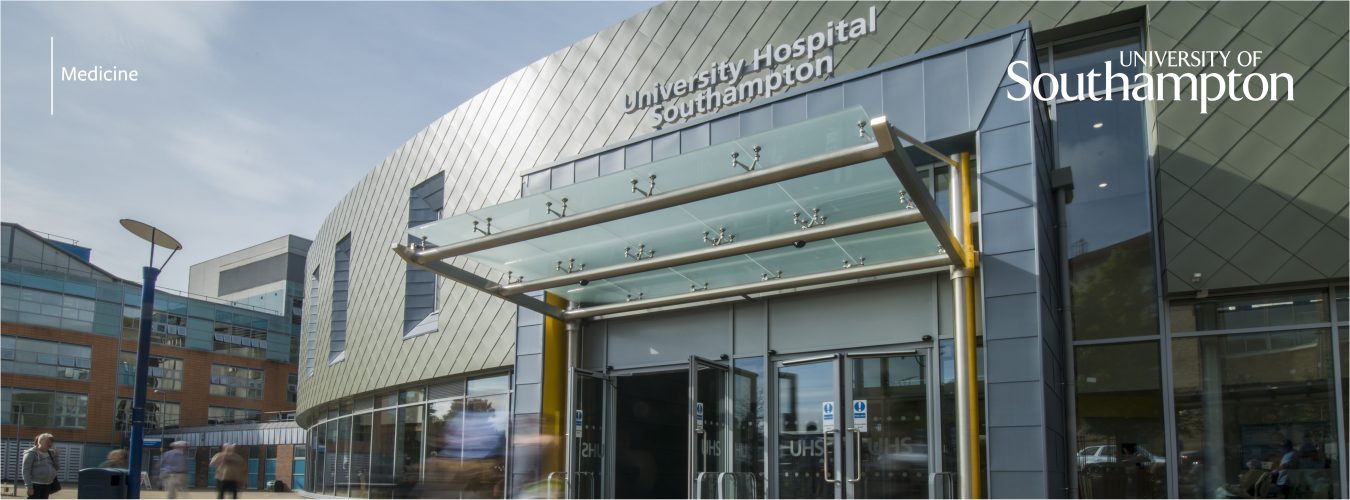‘Inspiring Stories’ with James Thompson
Experimental Officer Electron Microscopist, Clinical and Experimental Sciences
This is part of the Engaged Medicine ‘Inspiring Stories’ blog series. The blogs explore the stories behind outreach and patient-public engagement activities of staff and students from the University of Southampton’s Faculty of Medicine.
I started working for the University as a laboratory technician for the Primary Ciliary Dyskinesia (PCD) service in 2013. PCD is a condition that causes patients to develop progressive lung damage because their microscopic ‘hair-like’ cilia don’t move properly to clear away mucus and infections from the lungs. During my seven years in the PCD group I learned PCD diagnostics, and worked with both clinical and research team members. PCD group research always has a strong patient focus and engages frequently with the patient and family driven PCD Support UK Charity. I was inspired to get involved with public/patient outreach after hosting a work experience student, who was also one of our patients. The patient’s health improved over the following months, and I discovered that the patient had said “I understand why I need to do my physio now” because he’d seen videos of cilia not beating properly. Having this feedback really promoted the importance of outreach to me.
Following up on this I designed an outreach proposal with guidance and mentorship from Dr. Claire Jackson. We applied for PERu funding, leading to the development and delivery of “Bringing microscope images to life” a portable interactive project for patients and public.
Part of this project used 3D printed models of cilia to help explain and explore some of the microscopic changes we see in PCD. This concept received excellent engagement from our patient community and won an award for making specialist imaging techniques available for anyone to visualise. Being able to take my idea and form it into reality, seeing the responses from our patient groups, has been truly fulfilling and I would encourage anyone to get involved with outreach opportunities.
I now work for the Biomedical Imaging Unit (BIU) as an experimental officer. Being a joint University/NHS facility, we are well positioned to engage with a wider public audience, both in person and on-line. The BIU has many ongoing outreach projects ranging from placement students, live streaming microscopy events, artist collaborations, research roadshows and even crime investigations for school groups. As a unit we are always looking for new collaborations and opportunities to engage with the public.
Having mentorship has built my confidence and given me experience of outreach, enabling me to develop my own skills. I registered as a STEM ambassador and got involved with “Meet the scientist” events at LifeLab and through the BIU gained the opportunity to mentor an undergraduate Biomedical science student. Using these experiences, I have submitted my own project proposal to the BIU for another Nuffield Biomedical scientist student trainee this summer. Without the support of my colleagues in the BIU, the PCD service, and PERu funding, I would not have grown into outreach like I have. Finding mentors to support me has been fundamental to my growth.
I believe public engagement is fundamental to furthering our research, gaining support from local communities and improving the reputation of our University. On a personal level it is really good fun and I am always happy for the excuse to talk about our work particularly the microscopes in the BIU.
Stay Connected! To find out more about the ‘Inspiring Stories’ series, Faculty of Medicine educational programmes and research, or to get involved use the links below or contact Dr Lucy Green.

University staff or students click here for the Engaged Medicine SharePoint.

